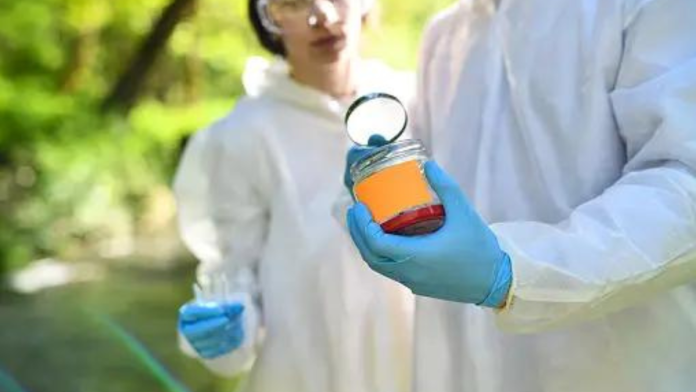Welcome to our deep dive into the world of underwater exploration and scientific assessment! In this blog, we will unravel the intricate details of dive survey operations and explore the crucial role of bioassay testing in environmental monitoring. Whether you’re a seasoned diver, a marine scientist, or simply someone fascinated by underwater research, this post will shed light on the essential processes and technologies involved in ensuring our oceans are healthy and thriving.
What Are Dive Survey Operations?
Dive survey operations refer to systematic underwater surveys conducted by divers to collect data on marine environments. These operations are pivotal in studying coral reefs, marine life populations, underwater habitats, and environmental changes. Here’s a closer look at the key components involved:
1. Planning and Preparation
Before any dive, meticulous planning is essential. This includes defining the survey objectives, choosing the appropriate survey methods (transects, quadrats, etc.), and ensuring all safety protocols are in place. Divers must be trained and equipped with the necessary gear, including wetsuits, fins, masks, and specialized underwater recording equipment.
2. Data Collection
During the dive, divers collect various types of data depending on the survey goals. This may involve:
- Visual Observations: Documenting marine species, habitat conditions, and signs of ecological stress.
- Photographic and Video Records: Capturing high-resolution images and videos to analyze later.
- Physical Samples: Collecting water or sediment samples for further laboratory analysis.
3. Data Analysis
Post-dive, the collected data is analyzed to draw meaningful conclusions. This could involve identifying species, assessing the health of coral reefs, or evaluating the impacts of human activities on marine ecosystems.
4. Reporting and Applications
The final step is compiling the findings into reports that can inform policy decisions, conservation efforts, or further research. The data might also be used to raise public awareness about marine conservation issues.
Integrating Bioassay Testing into Dive Surveys
Bioassay testing is a technique used to assess the biological effects of environmental contaminants or other factors on marine organisms. When integrated into dive survey operations, bioassay testing provides critical insights into the health of marine ecosystems. Here’s how it fits into the broader picture:
1. What is Bioassay Testing?
Bioassay testing involves exposing living organisms to environmental samples (such as water or sediment) and observing their responses. This helps determine the presence and impact of pollutants or toxins. In marine environments, bioassays can include:
- Acute Toxicity Tests: Assessing the immediate effects of pollutants on marine life.
- Chronic Toxicity Tests: Evaluating long-term exposure impacts.
- Bioindicator Species: Using species known to be sensitive to environmental changes to gauge ecosystem health.
2. Implementing Bioassay Testing in Dive Surveys
During dive surveys, bioassay testing can be incorporated by:
- Collecting Samples: Divers collect water or sediment samples from different locations.
- Laboratory Testing: These samples are analyzed in labs where bioassays are conducted on test organisms.
- Interpreting Results: The results help in understanding the levels of contamination and its effects on marine life.
3. Applications of Bioassay Data
The data from bioassay testing is invaluable for:
- Environmental Impact Assessments: Understanding how pollutants affect marine ecosystems.
- Regulatory Compliance: Ensuring that water quality meets environmental standards.
- Conservation Efforts: Identifying areas in need of protection or remediation.
Conclusion
Dive survey operations and bioassay testing are integral to understanding and preserving our marine environments. By combining detailed underwater surveys with precise biological assessments, scientists and conservationists can better monitor ocean health and address environmental challenges.
Whether you’re planning a dive survey or integrating bioassay testing into your research, remember that each dive contributes to a broader understanding of the underwater world and the pressing need to safeguard it for future generations.








